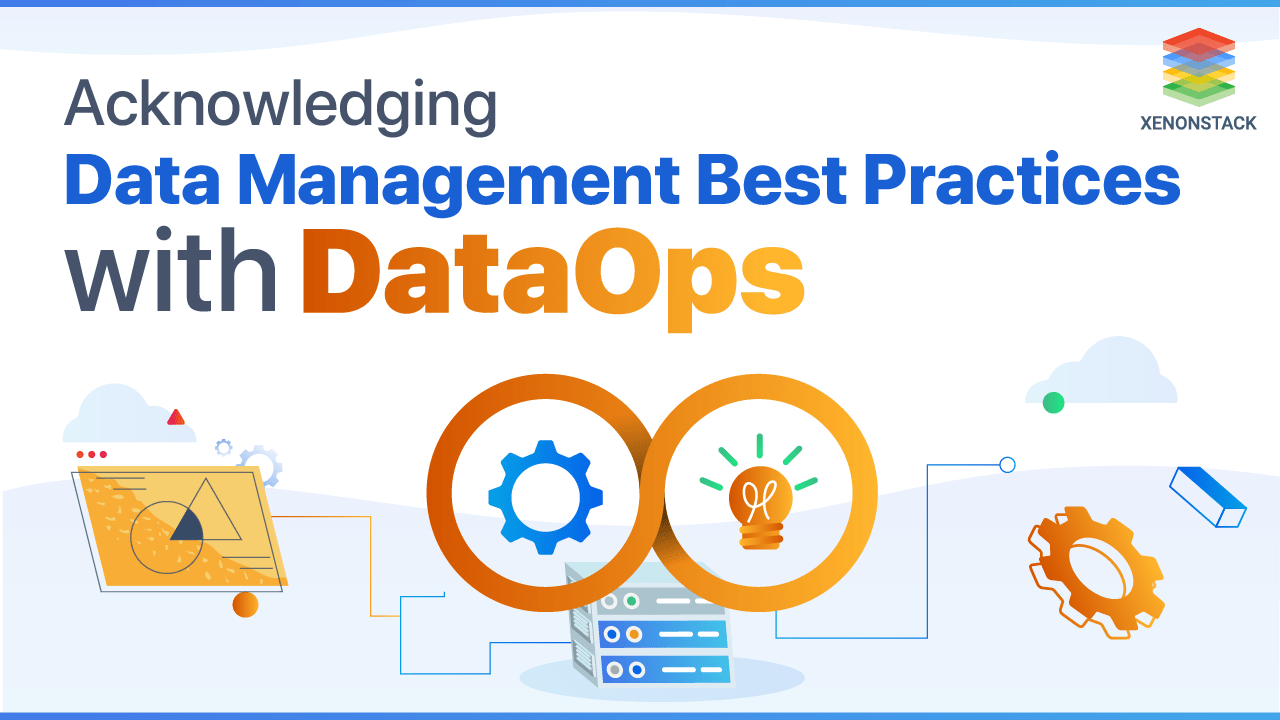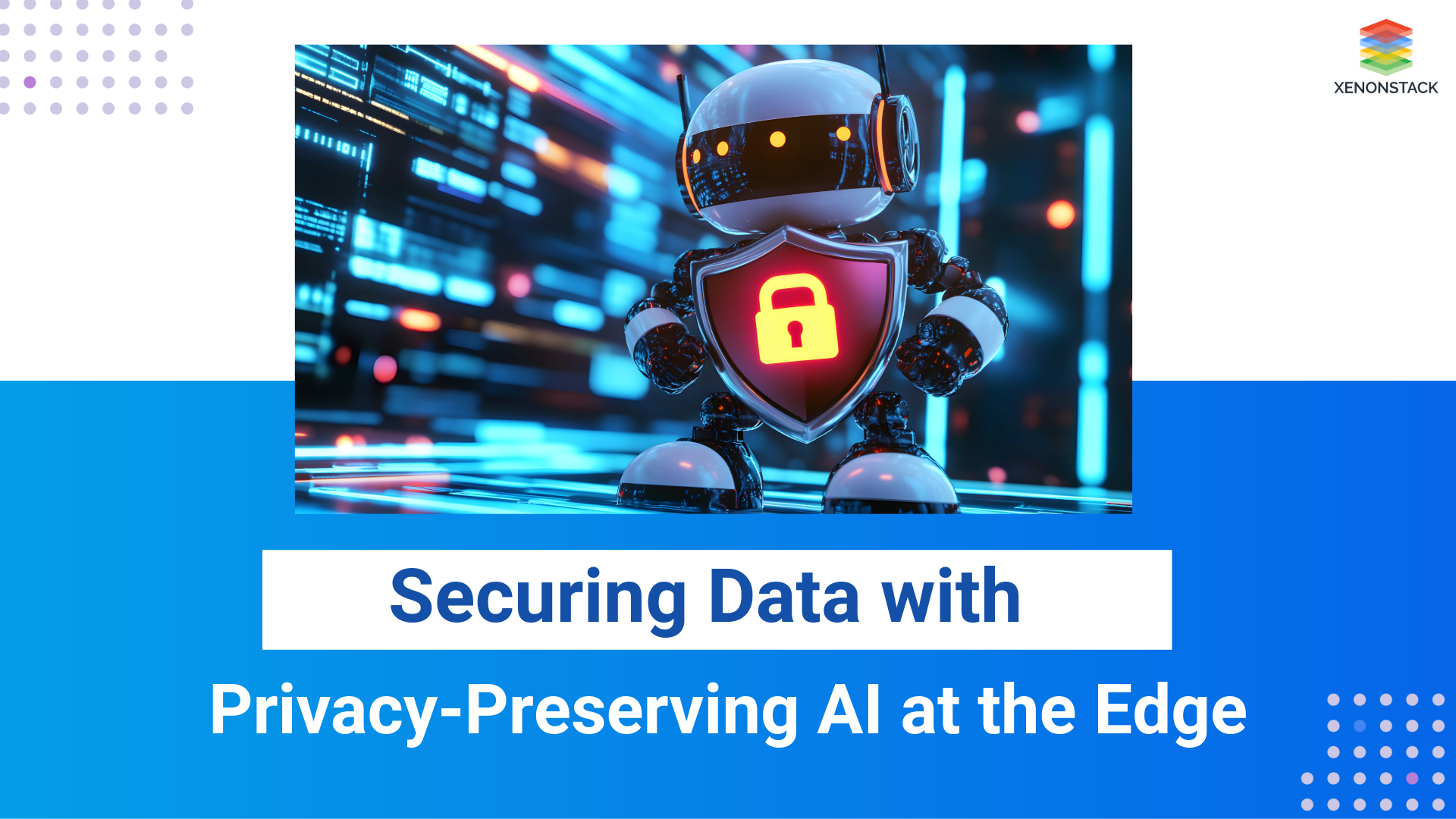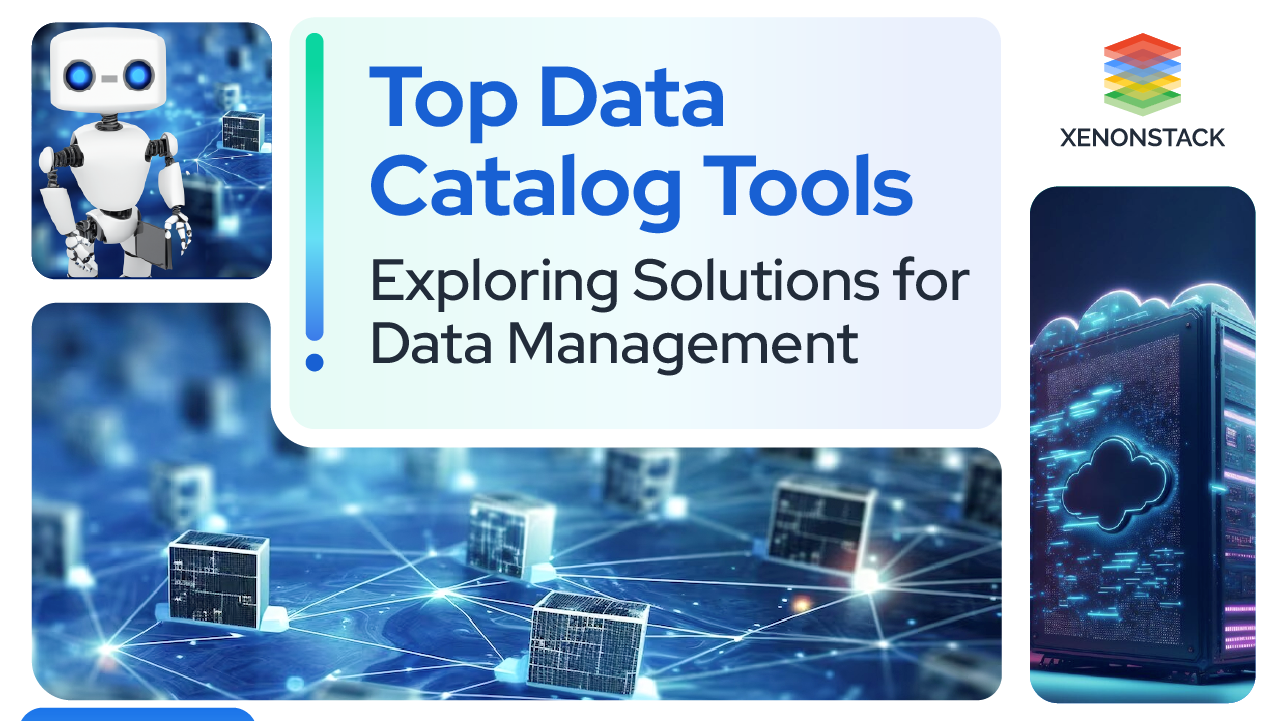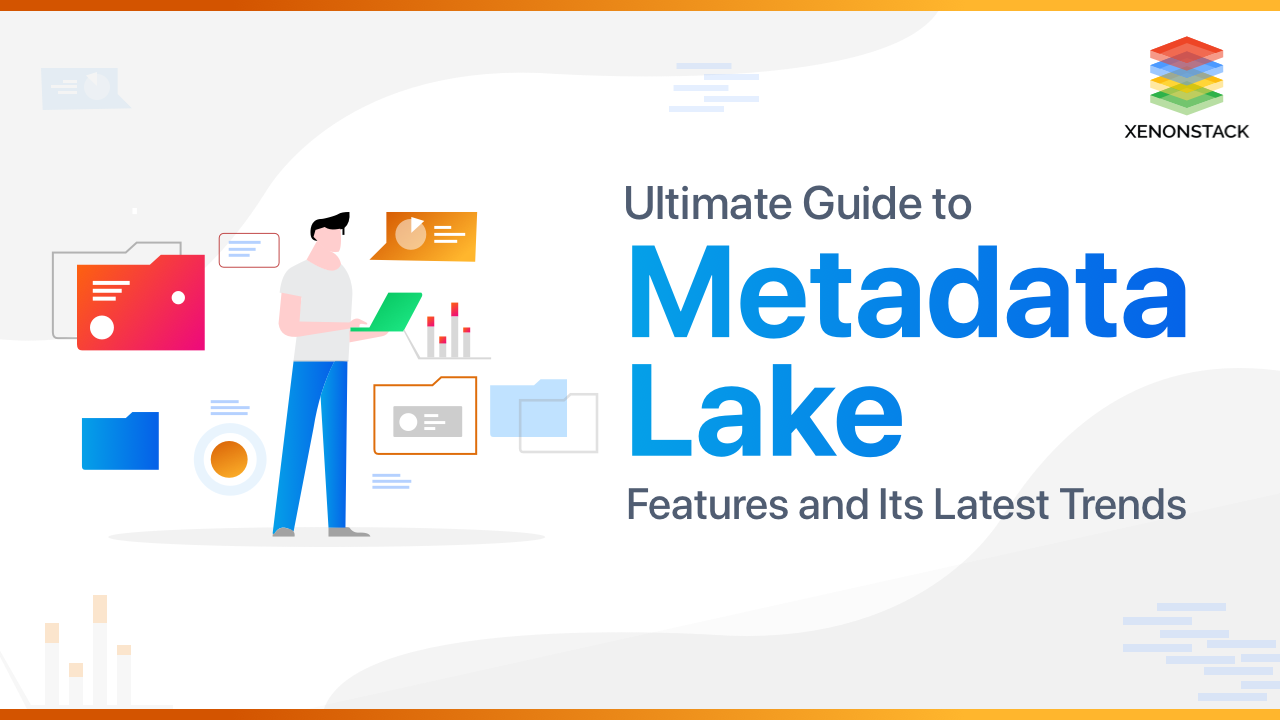
History of Data Management
In the 18th century, Oil was the most valued resource around the globe. It was the key to everything. Without oil, there was no progress. But in the 21st century, the spectrum has changed completely. In today’s day and age, Data is the new Oil. Every company is data-driven, whether it is a corporate with centres full of logs, and information, or maybe any small business with a simple spreadsheet of customer information, suppliers, and partners—no wonder why Data Management Best Practices find the biggest role in their organizations. What initiated such an advancement? What is the significance of DataOps? Scroll Below.A new and independent view approach to data analytics based on the whole data life cycle. Click to explore, DataOps Architecture
What is DataOps?
DataOps is basically DevOps Processes and principles applied to data analytics. It is the proper management of people and tools. Data scientists, engineers, and analysts use the tools to analyze the data and build data models. Today, everyone has acknowledged that we are living in a data-driven world. It is an agile development practice that brings the existing DevOps to data engineers and scientists to support data-focused companies. It can provide companies or organizations with real-time insights about data, which allows each team to work collectively towards a common goal.DataOps Best Practices for Management and Analytics
Data Management Best Practices had seen a surge in recent times when DataOps became an important aspect of Enterprises. According to us, listed below are certain practices to be followed in the days to come to boost your enterprise's data processes.Agile Development
Always start small and incrementally build upon it. The agile development methodology is the key inspiration behind the philosophy. It means the development will always start in parts with the data subsets, and then we incrementally scale it and build upon it, opposed to getting all of it done at once. The mastering of agile data processes requires automated, incremental, and most important collaborative approaches to streamline seamless data pipelines. It is one of the essential practices in Data Management Best practices with it.Automation of Data Processes
Automation has become an essential part of the modern technology era. It can provide a new copy of data to business analysts, data scientists, or developers. Automation can also be used in scenarios where there has been a change in the data source, and the system can anticipate the changes to avoid downtime as whenever a data source is changed or the format is changed, the data becomes unavailable, affecting apps that use the data, which becomes a key problem for team. No wonder it is an essential practice in Data Management Best practices with it. For enterprise-level DataOps teams, the handling of such scenarios should be excellent, and the whole process should be least disruptive as possible. Downtime caused by any of these problems from one source can disrupt multiple systems and multiple teams as well. The smart teams build mechanisms to safely propagate changed information to the respective apps with minimal downtime if possible zero.Eliminates the sparse quality data by making the data more securable and can be accessed from a single point. Click to explore about, Master Data Management in Supply Chain
Treating Data as a Code
Data is used to drive business insights and improve decision making, But data is more than just analytics. It is the raw fuel that DataOps teams need to develop and test new Applications. Most Businesses nowadays need fast and repeatable ways to get high-quality data securely. Application development requires a new and unique way to work around the data. For data to be really effective for the development, developers must treat data as code, including developer-friendly semantics and workflows that are secure, self-service accessed. They can provide the data in its original form instead of transformed and subsetted data. Data for app development must also work within the modern software development lifecycle or SDLC. It must be integrated into the tools in all contexts in which the modern SDLC operates, whether it be clouds, data source, or big data compliance and regulatory policies.Friendly Applications Development
Analytics teams usually source a huge amount of data that ends up being analyzed by machines. So another best practice is to build Apps that support a variety of internal operations. Suppose cases when the large data sources can be directly mapped with operational teams that use insights from this data. These new apps must be built like software projects that ensure that only the updated data is present. In the DataOps teams, there must be people who can take data from the source, analyze it, and bring it to a point where these apps can internally use it. All the insights can be released to the internal departments through the websites or via the downstream app. No wonder it is an essential practice in Data Management Best practices with it.Eye on Production For Software Development
Another best practice is to never settle for less than production. For software, development data is the lifeblood. Still, many companies use datasets that don't match the production data, which can be counterproductive at times. Without access to up to date, representative data, users must make do the partial data that leads to mistakes and errors. The production level data should never be left unmasked in the databases. It's the part of it to automate the delivery of masked data more securely in a matter of minutes without the companies compromising on security risk. It is unnecessary to always use the production-grade data for application development and testing, but speed shouldn’t determine the dataset chosen. Strong and high fidelity data that matches production leads to better insights and higher quality test data.Creation of Business Data Catalogs and Glossaries
Glossaries attempt to answer various questions about data itself. Basically, these are questions that define data, such as the technical name, the definition, and the function of a particular type of data being present in the different systems within the company or the organization. On the other hand, Catalogs are like supersets. They go a level up than glossaries. They provide more metadata about the structure of the data present. There are many unique collaborative opportunities with other end consumers, which are presented by creating these Catalogs. The process of cataloging the data helps users understand the data's deeper aspects, such as its locations, the users, and the best practices about leveraging it. This adds another layer of self-service to the data analytics team’s functioning. If anyone wants to know more about data, they can use Data catalogs or glossaries without relying on the data teams.Metadata driven application helps in increasing the efficiency of data analysis by engineers when interacting with data. Click to explore about our, Amundsen Lyft - The New Revelation in DataOps
Minding the Storage
We should always mind the consumption of storage. Whenever a team thinks about data, they usually consider those production environments where data is used to build and test applications. But for every copy of production data, however, any organization has at least 10 copies of analytics, reporting and development, and testing sitting in the non-production environments, which consumes a lot of storage and IT resources.
Simultaneously, many people can use and access the data, but it's often less scrutinized from a security perspective. The processes and technology must account for the storage of non-production data environments in the system. That includes ways to catalog and keep track of the non-production grade data and ways to govern access to it through a standard process and identify sensitive information that resides in bringing these environments into compliance from the policy perspective. No wonder it is an essential practice in Data Management Best practices with it.
Data is the Key for businesses
Whenever sensitive and personal data is breached, it always makes headlines amid a rising sea of stringent data privacy laws, cyber-security, and user personal landscapes. There has been a rise in customer calls and regulators demanding that teams understand what kind of sensitive data is being maintained and who else can access it. Most importantly, where exactly does it reside.
Efficient Data Distribution
All the data an organization collects can't really reside at one location. Companies today need an approach to harmonize and bring together all the data present at multiple sources. The data is useless if it is not integrated from all the sources. The speed of Data Distribution is the real differentiator. It usually takes days, weeks, or months to deliver data to developers, testers or analysts, and data scientists in many organizations today. No wonder it is an essential practice in Data Management Best practices with DataOps.
Cutting the delivery time down to a matter of some minutes can be a true differentiator and increase business value. With this improved data competency and speed, organizations can react faster to changes in the market or changes in the customer behaviors and use fresh data for more accurate insights and eliminate the bottleneck for developers' teams that are building new apps.
How DataOps empowers the Data Management Metrics?
The below metrics are empowered by DataOps for Data Management:
- Time: How Quickly Datasets and Data pipelines are delivered?
- Frequent Iteration: How often are products updated, and whether CI/CD is possible?
- Productivity: How Many Usabe datasets are delivered in reduced time?
- Data as a product: How does this boosts quality, standards reuse, and alignment?
- Service tickets: How many data request tickets are resolved?
- Code Quality: Errors rate in production (code errors, data integrity errors)
- Process Management: How the delivery processes are predictable, observable, repeatable, and scalable?
- Self-service: How far is the casual user equipped with data preparation tools to explore data within sandboxes and promote production with IT support?
- Reuse: How do composable features boost production and foster reuse and standards?
- Business alignment: How closely do data products match organizational needs?
- Collaboration: Both inside data teams and with business users.
Conclusion
The given 'Data Management Best Practices' with DataOps above will boost various enterprises' data processes in the coming years. Yes, the trend changes but this will surely stay until the end and enhance its deliverables until it is practiced in that enterprise. Stay Tuned till then!
- Discover more about Test Data Management Tools and Working
- Explore more about Master Data Management in Banking Sector


